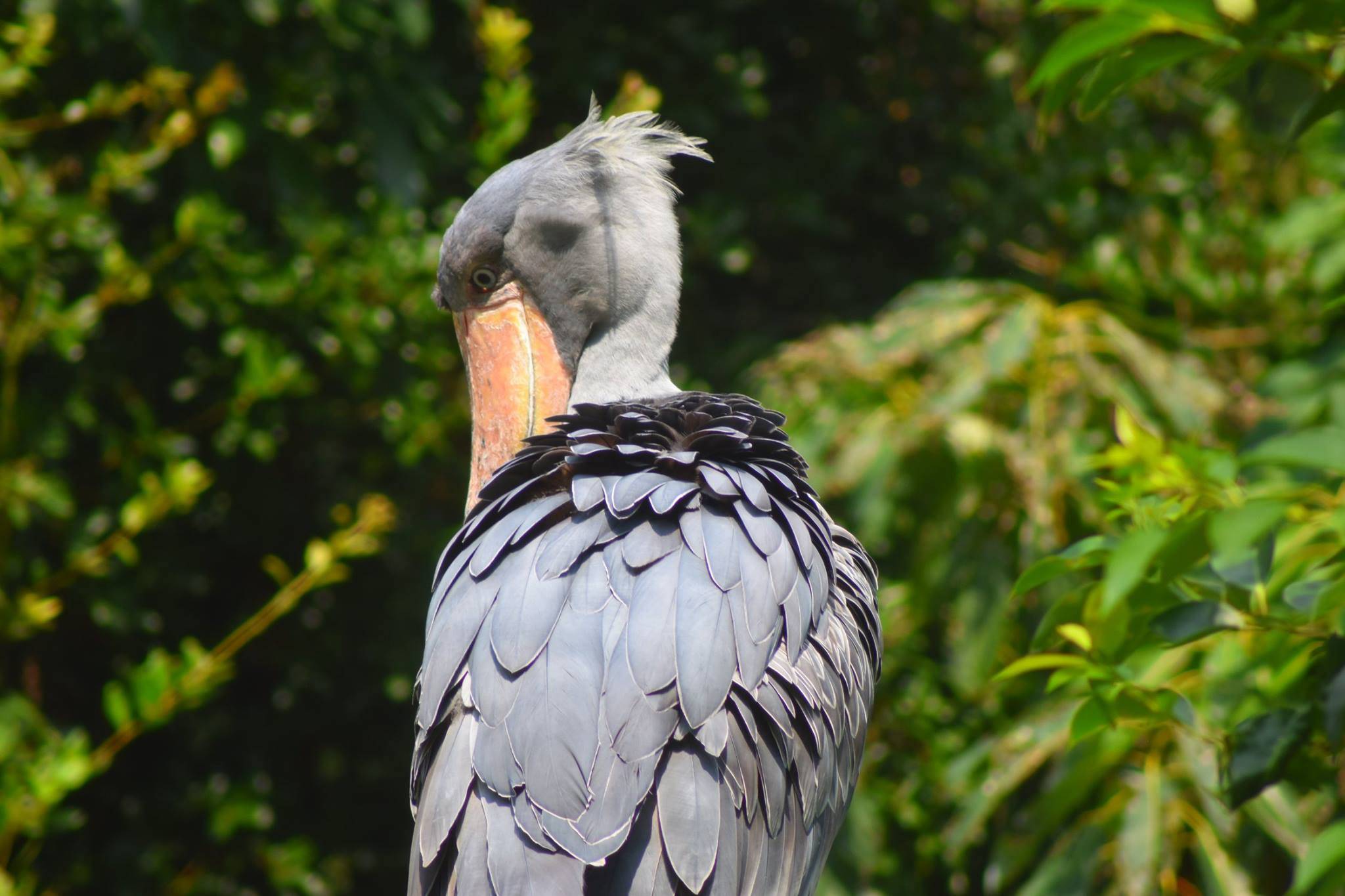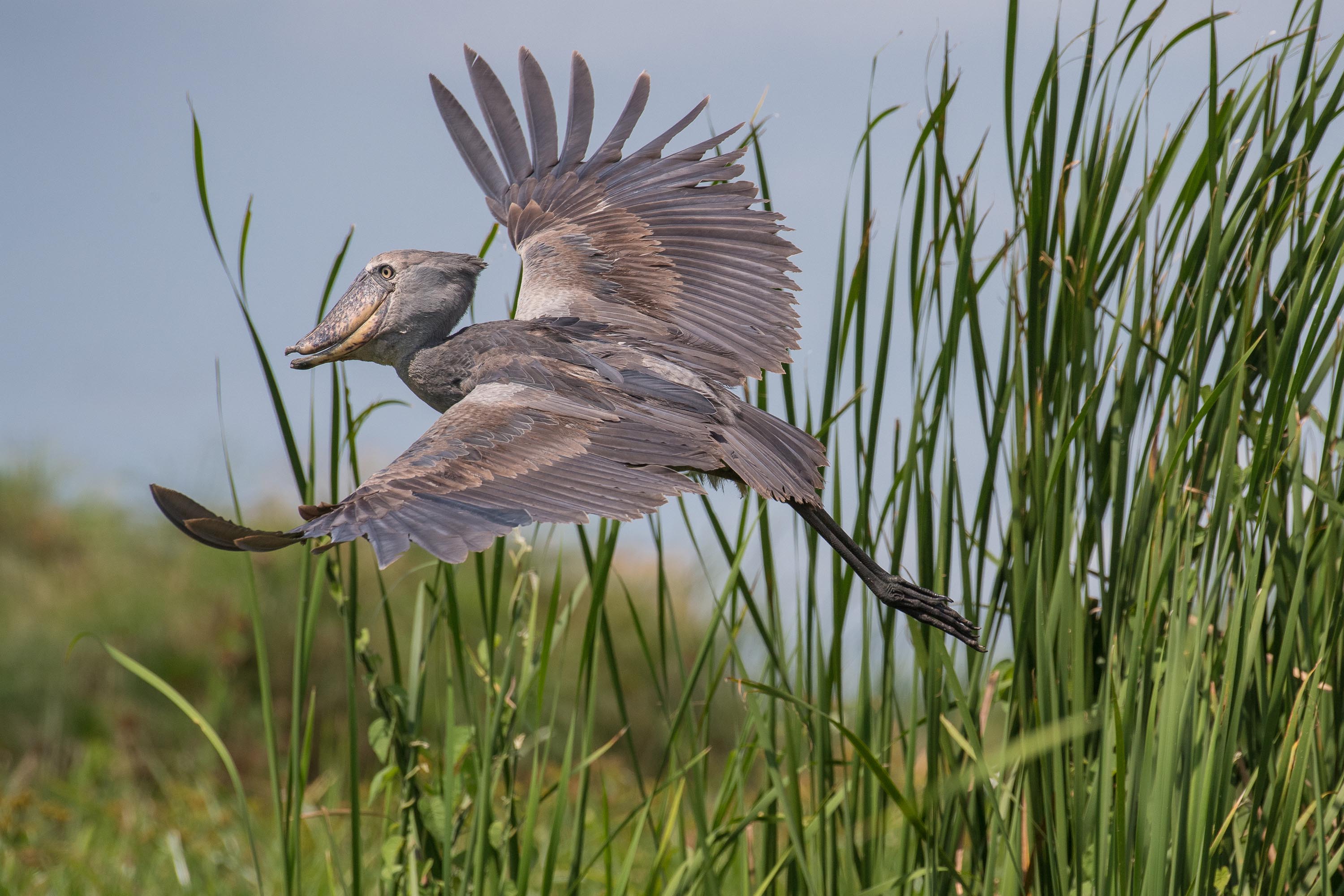

They prefer habitats with shallow water, papyrus reeds, and abundant fish, which make up a significant portion of their diet. Shoebills are wetland dwellers primarily found in tropical swamps, marshes, and wetlands of Central and East Africa, including Uganda, Rwanda, South Sudan, Tanzania, and Zambia. They are generally sedentary birds that remain in or near their preferred wetland habitats for most of their lives. Shoebills primarily rely on flight as a means of transportation rather than for extensive aerial displays or long-distance migratory journeys. While they may not be as agile in flight as smaller bird species, Shoebills are capable of traveling between different wetland habitats in search of food, nesting sites, or suitable breeding grounds. They have strong wings and can cover considerable distances when in flight. Despite their large size and heavy appearance, shoebills are proficient fliers. Weight of the ShoebillĪdult shoebills typically weigh between 4 to 7 kilograms (8.8 to 15.4 pounds). They can reach a height of up to 1.2 to 1.5 meters (4 to 5 feet) and have a wingspan of about 2.3 meters (7.5 feet). Shoebills are one of the largest bird species in Africa. Its color ranges from grayish to dull green, often with a yellowish or whitish tint.

The bill is thick, elongated, and broad, with sharp edges. The Shoebill has a massive, shoe-shaped bill that gives it its name. Here are some facts about the Shoebill: Shoe-shaped bill The giant stork-like bird, is also referred to as ‘the king of the marshes’. Its distinct appearance, with a bill that looks like the shape of a shoe or a Dutch wooden clog, makes it a sought-after sight for bird lovers and wildlife photographers.

The Shoebill (Balaeniceps rex) known as the Whale-headed stork or Shoe-billed stork, is a prehistoric-looking long-legged wading bird species native to Central and East Africa.


 0 kommentar(er)
0 kommentar(er)
